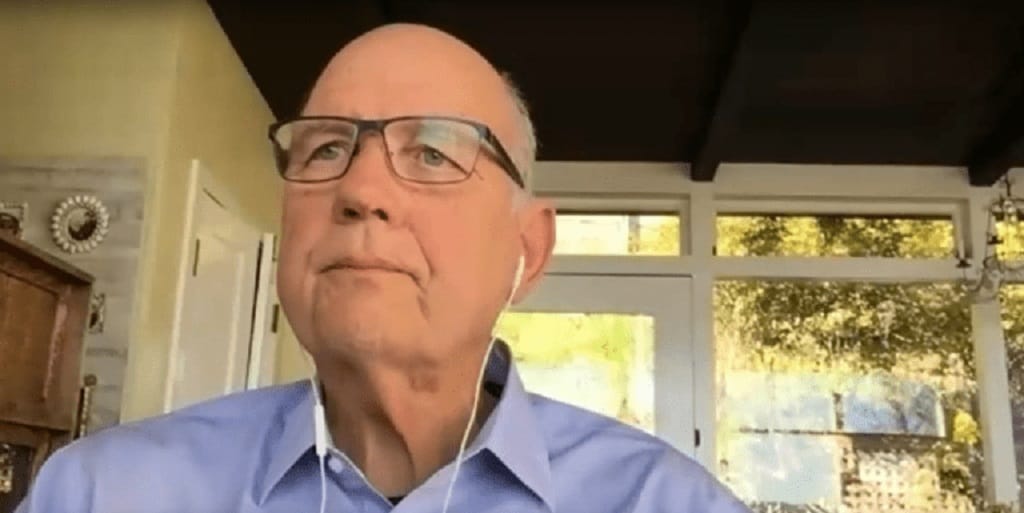Varying Technologies Needed to Make Widespread Public Library Wi-Fi a Reality
From direct fiber connections to low-earth orbit satellites, libraries can provide public Wi-Fi through varying means.

WASHINGTON, October 4, 2021 – The director of the Libraries Whitespace Project said libraries across the country will need varying ways to get connected and provide access to public Wi-Fi.
That means that while the “cheapest, most equitable, most economical way to connect every community with next generation broadband is to run fiber to all of the 17,000 libraries,” Don Means said Friday, other solutions will need to be considered where geography doesn’t allow for a direct fiber connection.
“Every community is a unique combination of density, topology, socioeconomics, existing infrastructure and also available spectrum and then whatever the local policy preferences are,” said Means, who was hosted by the Gigabit Libraries Network hosted as part of Libraries in Response series on Friday.
There is no one size fits all solution to connectivity, Means said. But vendors, he said, are often concerned with selling a single solution for the simple reason that it’s more efficient and profitable to do so.
A technology still in its infancy is low-earth orbit satellites for broadband, which hover closer to earth than traditional satellites and thus theoretically provide better connectivity than those flying higher above the earth’s surface. The first library in the world connected through LEO satellites is a tribal library located in northern New Mexico, Means said, noting that such technologies could help fill the connectivity gap.
SpaceX’s Starlink is racing to make its broadband constellation of LEOs a staple of rural and urban connectivity, as it has been beta testing its technology for months now.
Means added that some free Wi-Fi hotspots have served to cover entire communities.
“We talk about rural in terms of density, and we use the numbers of countywide density, people per square mile across the county, which is really low,” he said.
“But when you look at where people really live, most rural people live close together in small communities. It might be a mile or two across… which means that these few hotspots across town could cover the whole town.”
He used the example of the town of Plymouth, Nebraska, which set up a handful of these Wi-Fi access stations for $17,000 and gave the entire rural community access to the internet.
The GLN began the series in response to the pandemic, which made clear that broadband, connectivity, and the internet are fundamental to the nation’s wellbeing.










Member discussion